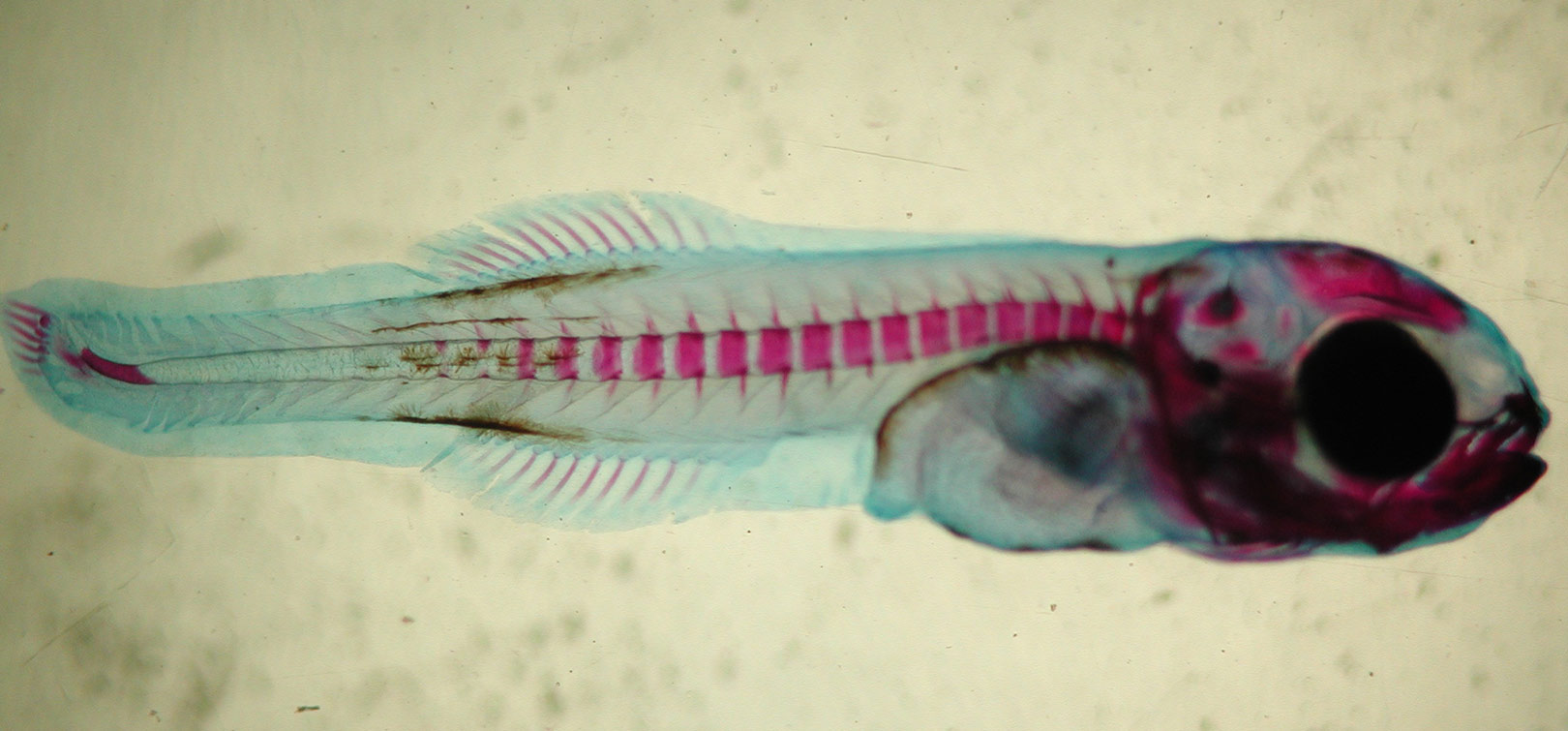
THE DEEP SEA is the largest but also the least studied habitat on earth. At depths below 1800 m, deep sea is totally dark, extremely cold and under extreme pressures. It was therefore previously assumed that life would be sparse in the deep sea; on the contrary, life is abundant. To cope with these harsh living conditions, DEEP SEA ORGANISMS HAVE DEVELOPED SPECIAL ADAPTATIONS. For example, many deep-sea fish have large eyes to capture what little light exists or are equipped with a powerful sense of smell to find potential mates in total darkness. Other adaptations consist of expandable stomachs to hold large quantities of scarce food, large mouths and long teeth to prevent prey from escaping. Little energy is spent for swimming in search of food; predators remain in one place and ambush their prey. But more than the absence of light, the near-freezing temperatures or the lack of oxygen and food, hydrostatic pressure is the most important environmental factor affecting deep-sea life. HYDROSTATIC PRESSURE INCREASES BY ONE ATMOSPHERE FOR EACH 10 M IN DEPTH. Pressure in the deep sea therefore ranges from 180 atm to more than 1,000 atm! How deep sea creatures have adapted to such pressures? With limited body cavities that would collapse under intense pressure, with muscle tissue with a reduced protein content… Little is known about the adaptation of fish bone to high hydrostatic pressure. What are the mechanical properties of these bones? Are internal structures and micro-anatomy altered? Is the mineral content reduced or is there also a change in mineral composition? Finally, are changes directly related to increasing hydrostatic pressure? We propose, within the scope DEEPBONE project, to study the mechanisms underlying fish bone adaptation to high hydrostatic pressure. The working hypothesis of DeepBone project is that changes in bone mineral content, composition, micro-anatomy, density, strength and/or in bone marker gene expression could explain how fish bone has adapted to the extreme pressure and harsh environmental conditions. The comparative analysis of bone features in deep-living teleost fish and shallow-living relatives will provide insights into the mechanisms involved in bone adaptation to high pressure.